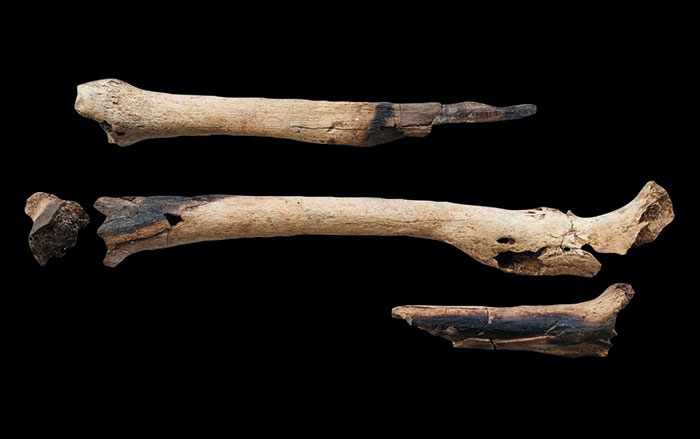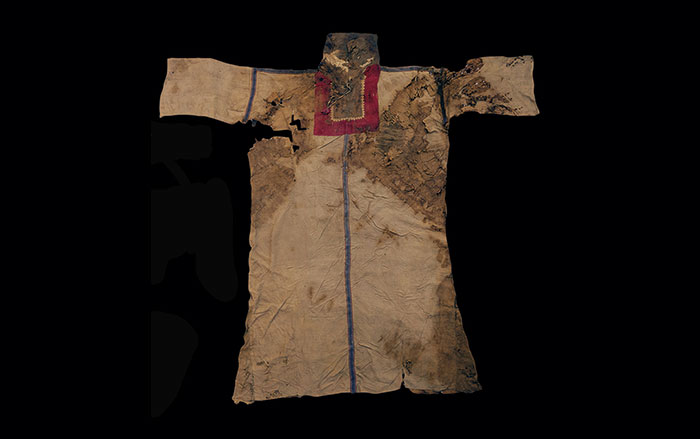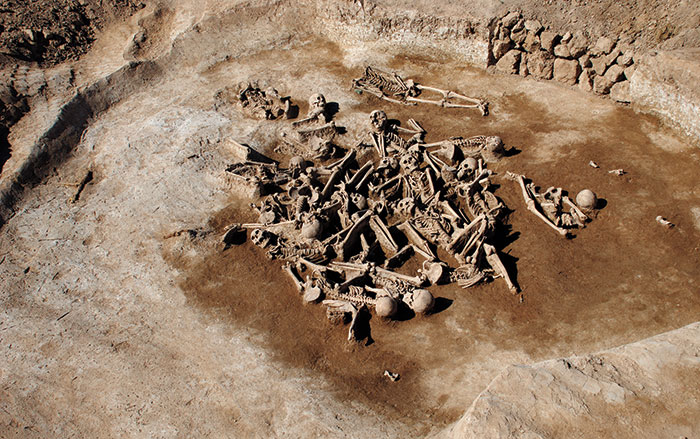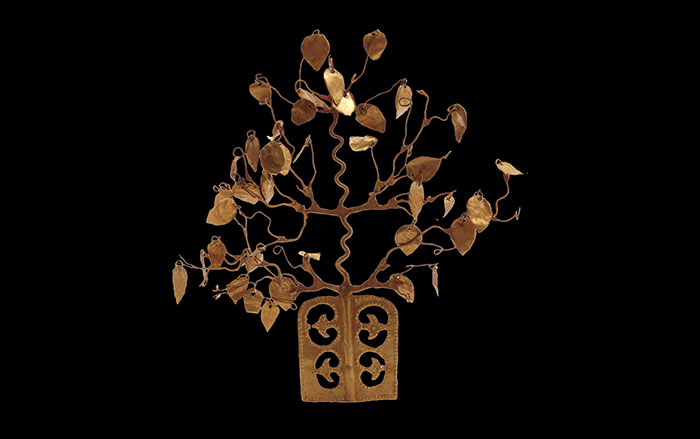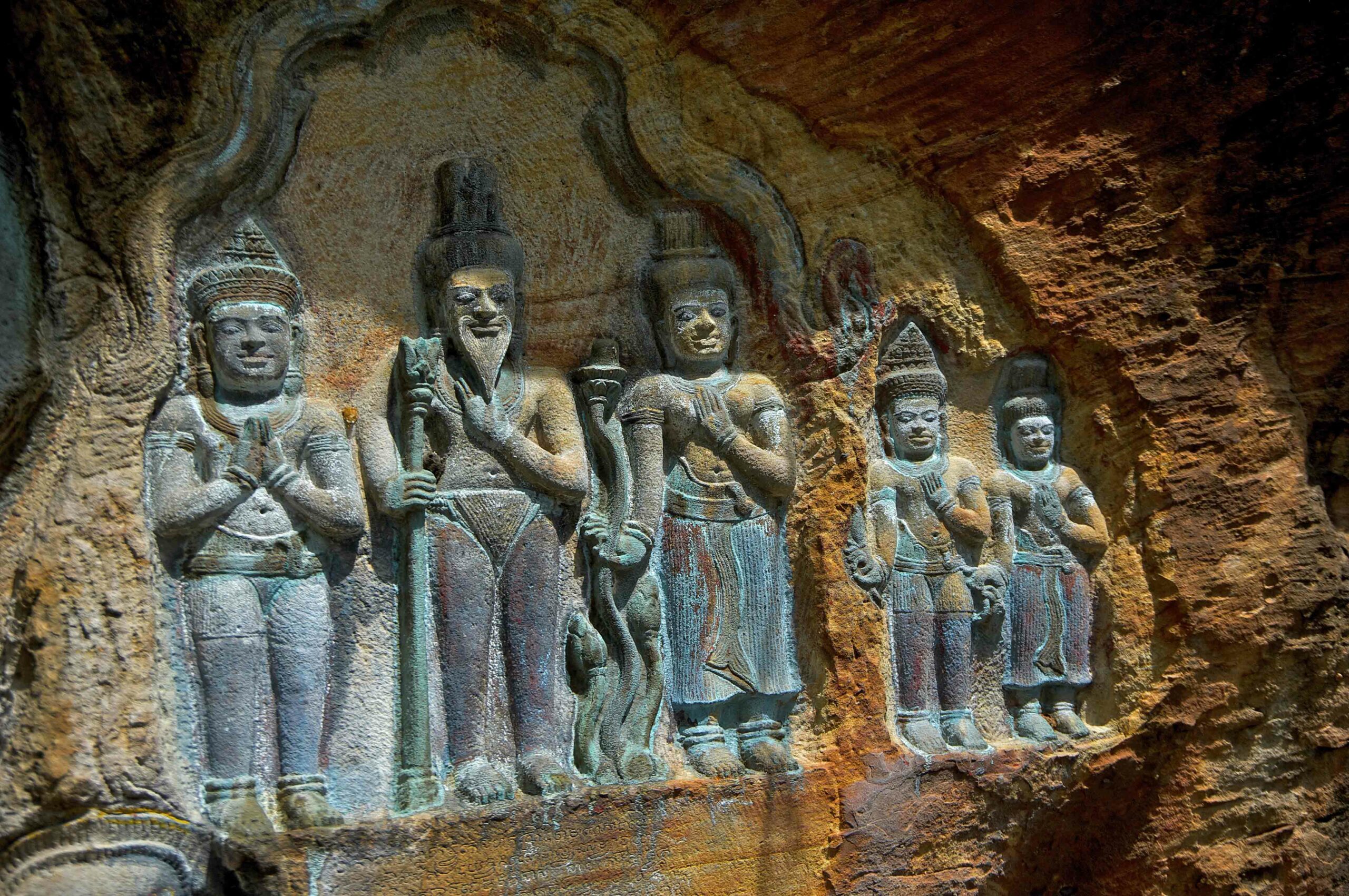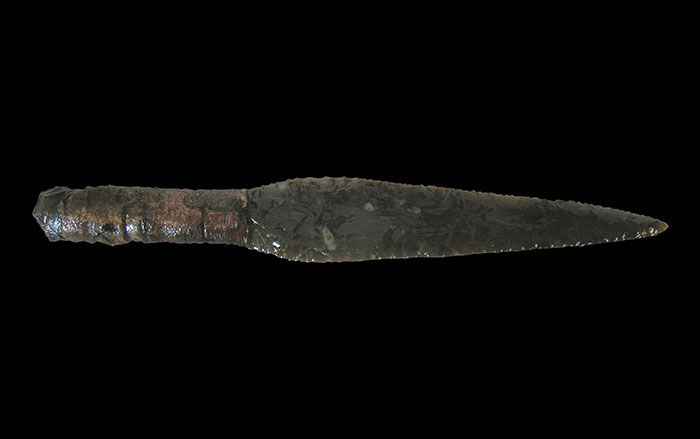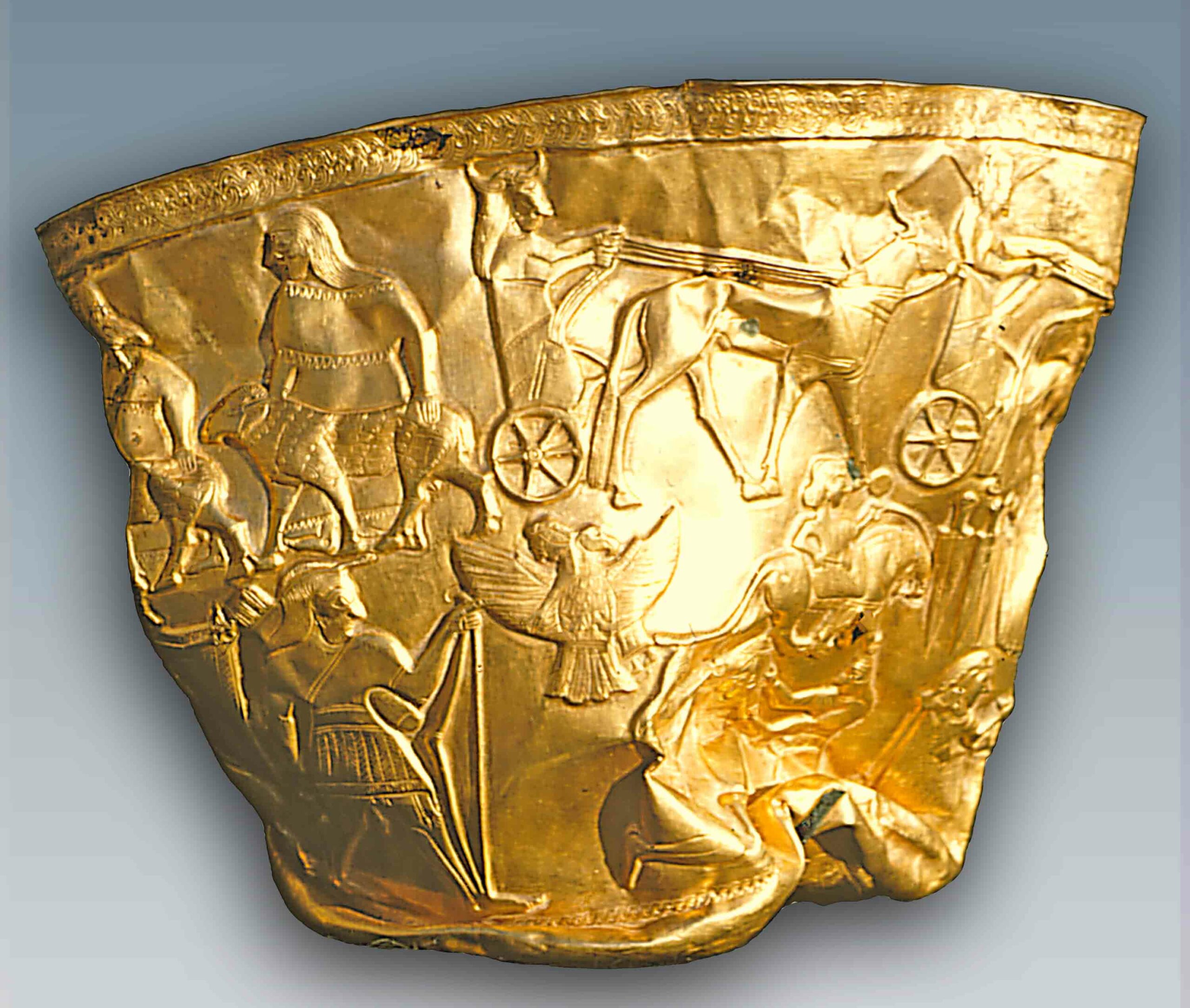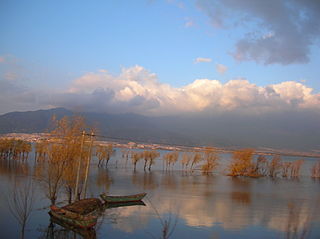
PITTSBURGH, PENNSYLVANIA—Geologists led by Aubrey L. Hillman of the University of Pittsburgh used sediment cores from Erhai Lake to examine levels of heavy metal pollution in southwestern China over the past 4,500 years. According to a report in Science, they found a rise in copper contaminants at the start of China’s Bronze Age, but those levels remained stable until the Mongols conquered China in the late thirteenth century A.D. The sediment cores show that heavy metal pollution during the reign of Kublai Khan and the Mongols, who mined and processed silver for coins, jewelry, art, and taxes, was three to four times higher than modern industrialized mining. To read about a similar study, see "Colonial-Era Air Quality Recorded in Andean Ice."


